Even with a thorough washing of cutlery and dishes, after a while they become dirty, covered with greasy coating and soot.

Surely among the accumulated dishes with yellow spots and plaque there will be pots, pans, plates, cups. They all have different surfaces, so it is very important to pay attention to the features of their cleaning. Methods suitable for porcelain service are not suitable for non-stick coating and vice versa. 
Each coating has its own washing method, we will tell you more about this later, you just have to choose the option you like and start working on removing stubborn stains.
Attention! It is better to divide all the dishes in advance into groups with the same coating and pollution level, so as not to damage the surface when using the selected cleaning method.
Of particular difficulty is the accumulated fat, which is not washed by conventional means. It doesn’t feel to the touch - plates, pans and pans seem clean, but looking closely, you can find old stubborn stains of fat. As mentioned above, the cleaning process will differ depending on the surface of the product, so it is important to choose the right tools and cleaning products.
It is worth paying attention to security measures:
- While working with chemicals, ventilate the room, open windows and doors to create an air flow.
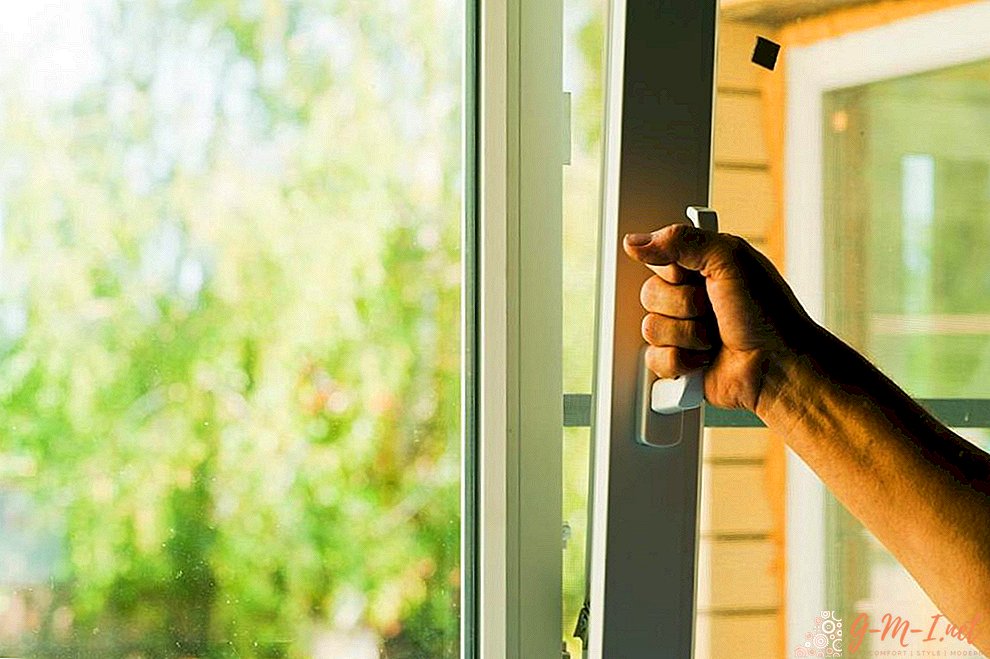
- Use personal protective equipment - wear gloves and masks when working with caustic cleaners.
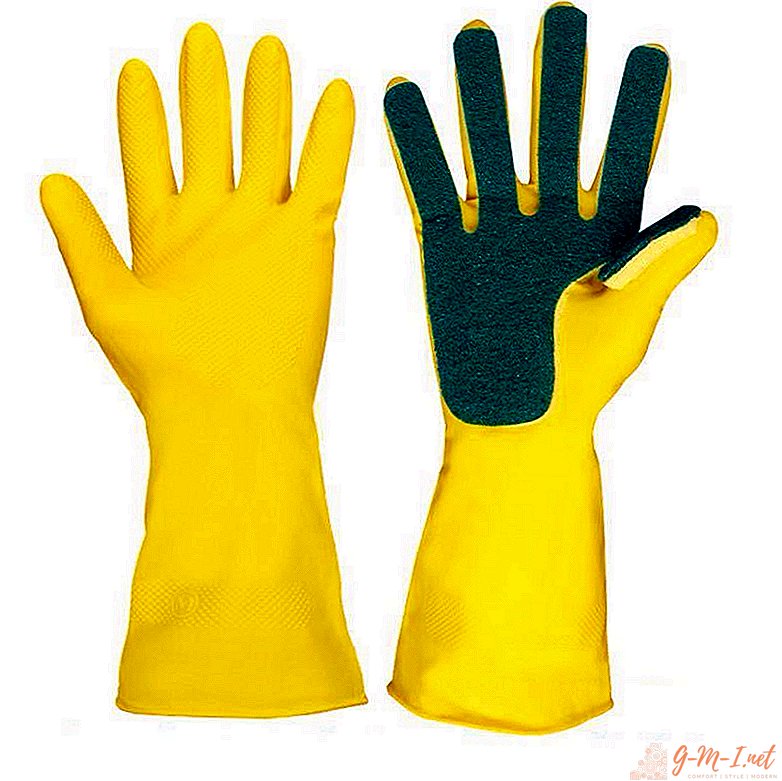
- Plastic utensils should not be loaded into dishwashers.
- Rinse the dishes thoroughly after using bleach and strong detergents.
Attention! Damage to the non-stick coating is considered especially dangerous; it is recommended to stop using such cookware.
Stainless steel
Consider a method of cleaning dishes made of stainless steel. To do this, use one of the following methods:
- Wash with soft sponges using liquid gel or soap.
- The use of special detergents for stainless steel utensils.
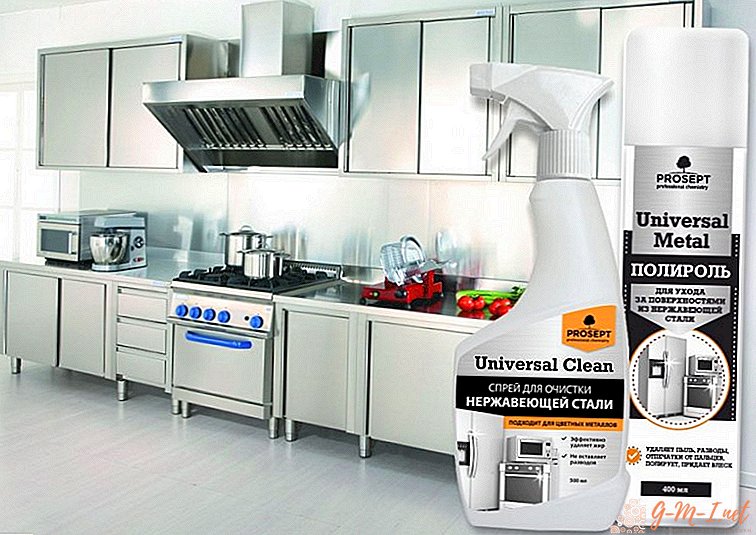
- The use of baking soda.
If this does not help, pour water into a pot or pan, put on a fire and wait for it to boil. Grease and dirt should be easily washed.
Attention! Do not use powders consisting of granules and hard brushes - they can spoil and scratch the surface.
Made of cast iron
Cast iron products are highly durable, so you can use coarse brushes, iron sponges and powders to wash them. Do not be afraid to forcefully wipe the surface, cast iron will not be damaged even with strong exposure - so you can definitely clean the dishes. You can combine the above methods to achieve maximum effect.
From any material
If you doubt the choice of means for removing stubborn dirt and are afraid of damaging the coating, you should familiarize yourself with the universal methods suitable for any type of surface:
- For starters, you should try using a standard set of cleaning products for washing dishes. In this case, treat the coating with a soft sponge.

- An excellent detergent is household soap dissolved in warm water. Soak the cutlery and make for 30 minutes, wash with running water.
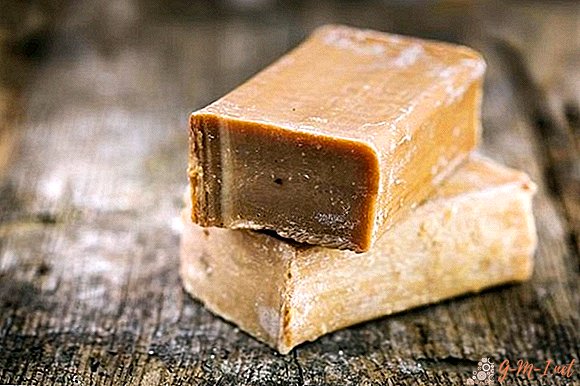
- Activated carbon should be crushed and the powder placed on a surface moistened with water. After an hour, you can wash the dishes in warm running water.
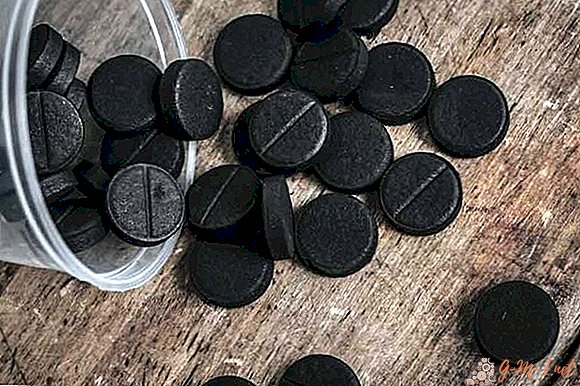
Attention! After washing, carefully wipe the surface so that the dishes are kept dry - this will prevent the accumulation of dirt.
If you encounter black spots from burnt fat or appear as a result of prolonged exposure to fire, it is worth using the following cleaning methods:
- Finely grate the laundry soap and dissolve it in water until a foam appears, add 60 ml of vegetable oil. Scald the pan with boiling water, pour the resulting solution into it, put on fire and heat. After an hour, pour the solution and wash off the exfoliated coating.
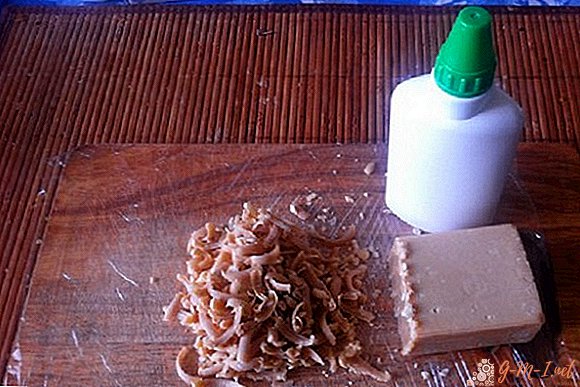
- You can use a paste of soda with hydrogen peroxide. In a half glass of water, add a few drops of peroxide to get a consistency of thick sour cream. Apply the composition to the coating and cover with plastic bags for 30-40 minutes, then rinse the dishes. Softened soot easily moves away from the surface.
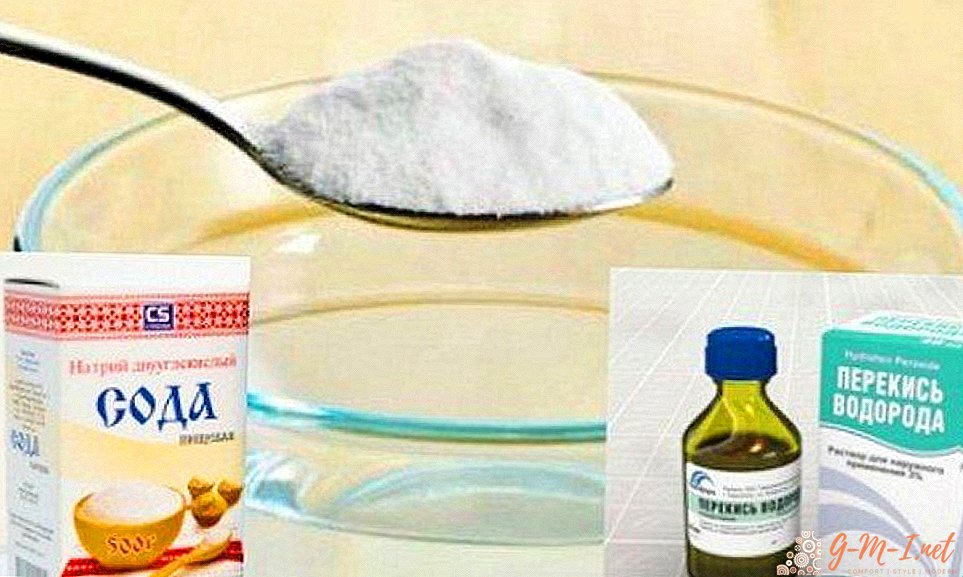
The convenience of washing internal contaminants is that in this case, you can boil the pan over a fire to better remove burnt stains.
One more unpleasant moment is the yellow spots, which remain after poor washing of plates from accumulated fat. The remaining unpleasant greasy coating not only spoils the appearance, but can also become a source of the spread of bacteria. Therefore, it is worth paying attention to the following cleaning options:
- Baking soda. It has an excellent cleansing effect, while destroying old grease stains.
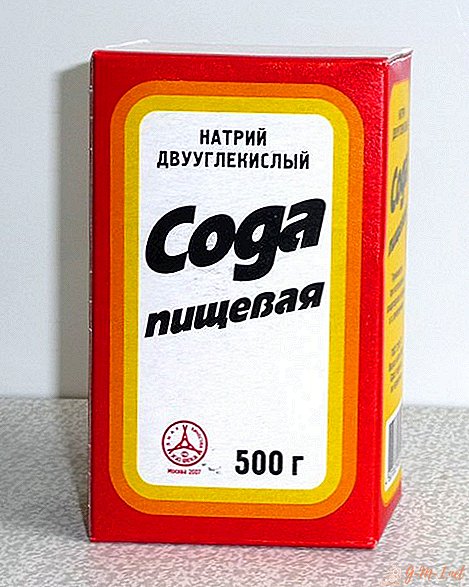
- Lemon acid. Put it on the places of pollution, wait 20-30 minutes, rinse under running water.

- Mustard powder diluted in warm water. Soak the plates in the solution, rinse under running water.
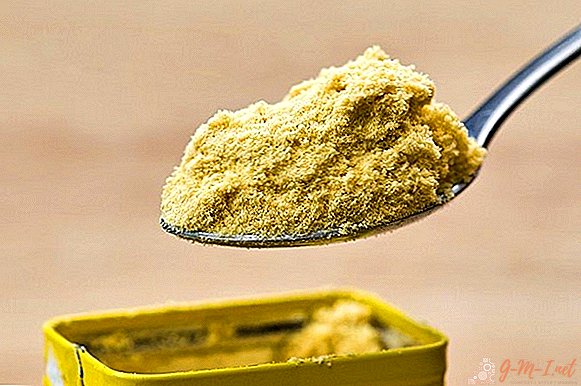
- Domestos. Soak the dishes in hot water with the solution dissolved in it, wait 10 minutes and rinse under running water.
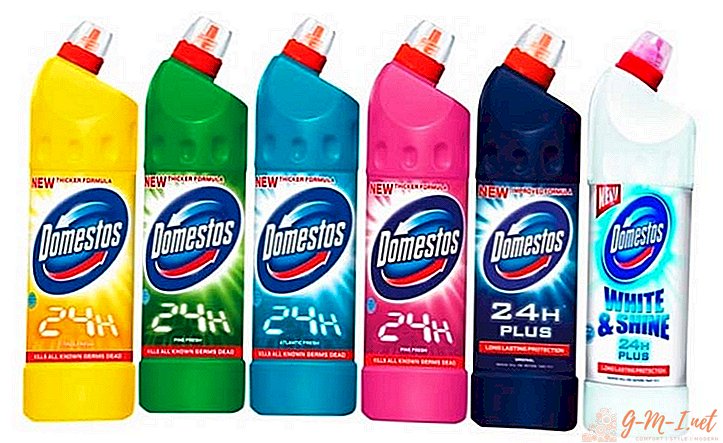
From the variety of recipes presented, you can choose the most suitable.













Leave Your Comment